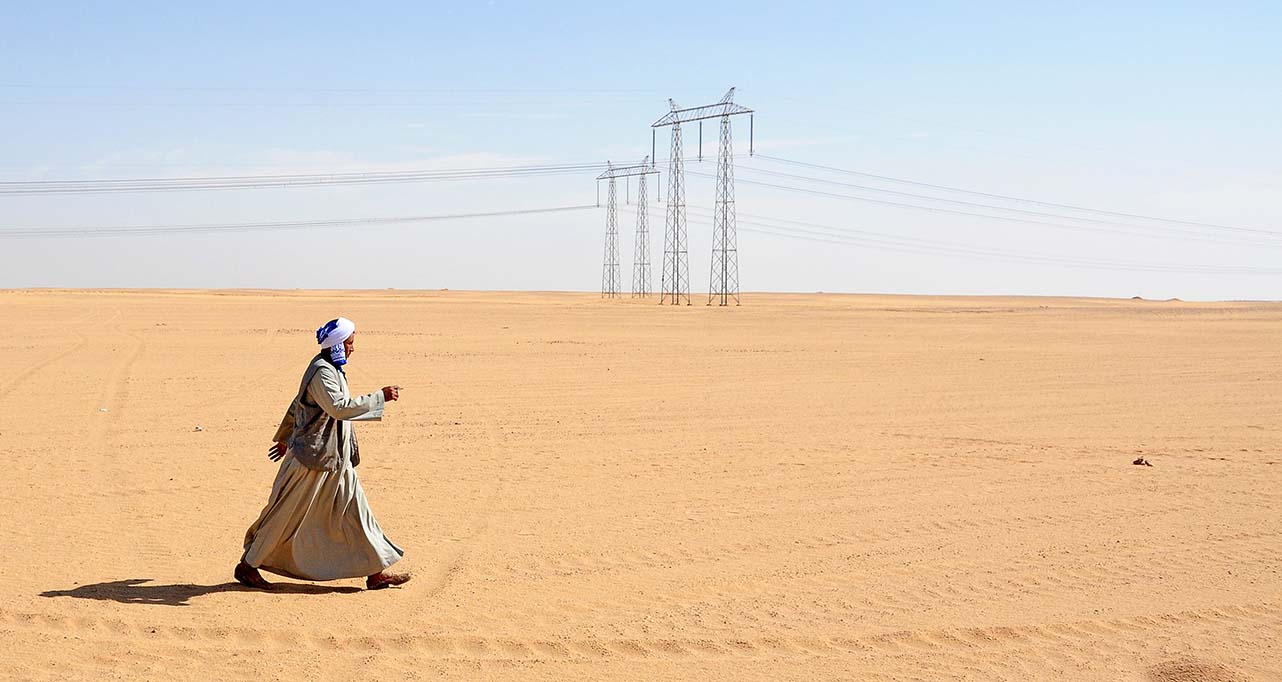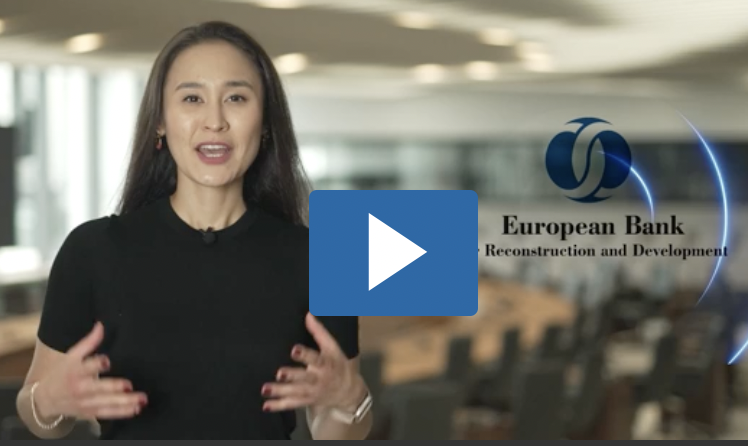The landscape for sustainable energy in EBRD’s countries of operations is changing. Whilst energy efficiency was not at the top of companies’ agenda a few years ago, it is becoming a priority for more and more of them in our region.
This year we held our second event at the EU Sustainable Energy Week, which took place this past week in Brussels. Last year we presented the EBRD’s Sustainable Energy Initiative (SEI) with operational people involved in the everyday decisions and actions behind our projects. This year the focus was on our clients, and we invited three of them to provide insight from their experiences. These clients are Fenice RUS LLC, Center-Invest Bank and Lafarge.
Our clients have made enormous strides in pushing through change and boosting investments in energy efficiency and renewable energy. They act as role models to the rest of the business community. Through assistance and access facilitated by the SEI, our clients drive the business world forward in terms of sustainable energy.
For instance, our client, Fenice RUS LLC, entered the Russian market as the first energy service company. Its business model is based on operating long-term Energy Performance Contracts under which its designs, finances and implements measures needed to make its industrial clients’ operations more energy efficient and reduce associated energy costs. It is then repaid from a share of the client’s energy savings.
Another pioneer in introducing the concept of energy efficiency in Russia is Center-Invest Bank. The bank was amongst the first financial institutions in Russia that, together with the EBRD, started experimenting with sustainable energy lending. Since then, Center-Invest Bank’s total investment in sustainable energy projects has reached €130 million in 2,100 projects.
Lafarge BFC has also acted as a pioneer in energy efficiency investments. Lafarge is a member of the Cement Sustainability Initiative (CSI), a consortium of 22 large global cement companies under the World Business Council for Sustainable Development. Under the CSI, Lafarge pledged to reduce its specific CO2 emissions by 20% by 2010, a target it achieved, and by 30% by 2020.
Fenice, CIB, and Lafarge are examples of companies that are actively changing the way businesses think about sustainable energy. Their impact should not just be viewed in terms of investment volumes and emission reductions because these companies are more than that: they are pioneers in their sectors who – through their actions – demonstrate to the market that sustainable energy actions make sense. This was illustrated at this week’s event.
“We’re trying to facilitate this process to make it easier for companies to complete sustainable energy projects,” said Terry McCallion, Director of the EBRD’s Energy Efficiency and Climate Change Team. “Connecting the actors involved is a vital step toward further progress in energy efficiency and renewable energy projects.”
Our clients stressed the importance of connecting different stakeholders to improve the learning process and ensure that all involved moved in the same direction to achieve optimised results. They also stressed the need for expertise.
The SEI, launched in 2006, uses a unique business model to finance sustainable energy projects, by combining investments with technical assistance and policy dialogue. The SEI scaled up investment to €10 billion last year.



